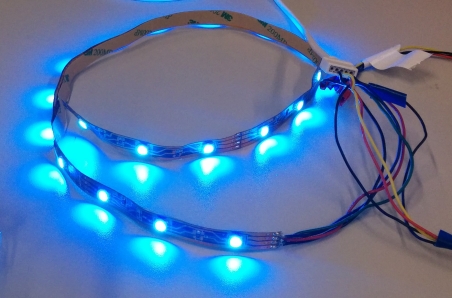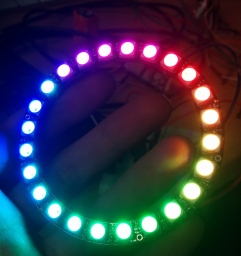Everyware: Research & Social impact
Almost a quarter of the world’s population are on Facebook (Gaitho, 2017) Whilst it may be argued that social media websites like Facebook encourages social interaction, the opposite is actually true.
Research shows that social media is actually making us less social. people who use 3 or more social media platforms will, on average, only socialise once a month. (Adams, 2017)
Social media use also shapes our personality. Before the age of Facebook, if you moved away from friends or family, you would simply move on and keep contact via email or letter, a slow process. Because of this, you would be more encouraged to meet new people within the area and expand your social circle. Facebook changes this by making users keep contact with old friends or family, inhibiting social growth. (della Cava, 2014)
Social impact
The Icebreaker T-shirt will encourage users to step away from their mobile devices and interact with new people. Users will input their data into the app & go, taking their attention away from their phone and into the conversation.
The Tshirt will also encourage users to expand their social circle, breaking away the chains of social media and allowing them to grow and move on.
References
Adams, S. (2017). Fears social media could actually be making people unsociable. [online] mirror. Available at: https://www.mirror.co.uk/tech/social-media-making-you-unsociable-10490787 [Accessed 19 Dec. 2017].
della Cava, M. (2014). How Facebook changed our lives. [online] USA TODAY. Available at: https://www.usatoday.com/story/tech/2014/02/02/facebook-turns-10-cultural-impact/5063979/ [Accessed 19 Dec. 2017].
Gaitho, M. (2017). What is the real impact of social media?. [online] Simplilearn.com. Available at: https://www.simplilearn.com/real-impact-social-media-article [Accessed 19 Dec. 2017].











